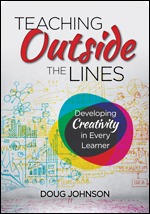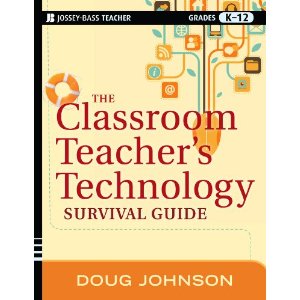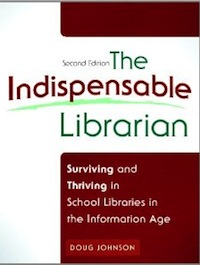Ehrenreich: a writer who changed my thinking
 Tuesday, September 6, 2022 at 09:23AM
Tuesday, September 6, 2022 at 09:23AM One of the writers who changed my view of the world was Barbara Ehrenreich. Despite not knowing her personally, her book Nickel and Dimed changed my behavior. After reading her experiences as a waitress and hotel housekeeper, I have always erred on the side of generosity when it comes to tipping. So I was saddened to learn of her death last week. No matter what our socio-economic status, each of us value those nickels and dimes differently. A million dollars is pocket change to a billionaire; that five-dollar tip left for the motel maid may mean the difference between her kids eating or going hungry. Below is a column the book inspired… ******************************************* Nickel and Dimed To succeed in today’s workplace, young people need more than basic reading and math skills. They need substantial content knowledge and information technology skills; advanced thinking skills, flexibility to adapt to change; and interpersonal skills to succeed in multi-cultural, cross-functional teams. J. Willard Marriott, Jr., Chairman and CEO, Marriott International, Inc. Spring has always been the time I seem least content with being in education. I am usually pretty fed up with the antics of students, teachers, administrators, and a few parents. I am actively questioning whether I actually taught anybody anything during the year or any of my department’s initiatives did anything for kids. I am worried about the next round of budget cuts. So I always start wondering if long-haul truck driving wouldn’t be a far more lucrative and rewarding way to put Spam on the table. I just finished re-reading Barbara Ehrenreich’s terrific little book Nickel and Dimed: On (Not) Getting By in America (Holt, 2001). Middle-class writer Ehrenreich tells in a very readable, surprisingly comic style her experiences working as a minimum-wage waitress, housecleaner, nursing home attendant, and Wal-Mart worker around the United States including a stint here in Minnesota, trying to actually live on what she made at those jobs. It was a glance into a way of life I only vaguely remember from my college days. While I expected to read about the work being difficult and expenses impossible to meet for these low-paid, “invisible” members of our society, I was surprised at how demeaning the author found the working conditions themselves - describing drug and personality tests that attempt to weed out any “difficult” employees; supervisors that are suspicious, rule-bound dictators; duties that are stultifyingly repetitive; and simply the spirit sapping “dead-endedness” of the work and workers’ futures. Is it possible, I asked myself while reading the book, that many employers actually want workers who are mindless automatons? Kathy Sierra, in her Creating Passionate Users blog <headrush.typepad.com/creating_passionate_users/2006/10/knocking_the_ex.html> facetiously lists 16 reasons why robots are the best employees. This certainly goes against everything I’ve been reading from politicians and business groups who want “world-class” school graduates whose brains, initiative, and creativity will fire the engines of economic development in a post-industrial economy. The report from which the opening quote was taken (Are They Really Ready to Work? Partnership for 21st Century Skills, et al. October 2006) which is a survey of 400 employers across the United States found that professionalism/work ethic, oral and written communications, teamwork/collaboration, and critical thinking/problem solving were the most important skills cited. Can one conclude that business and government don’t want everybody to be all that smart – just the middle and upper classes? So what does this have to do with school libraries and technology? In his classic book Savage Inequalities (Crown, 1991), Jonathan Kozol concluded after exploring the best and worst of America’s public schools that there are two kinds of schools in this country: those for the governors and those for the governed. Sadly, I think he is absolutely right. Which kind of school do you work in: Effective school library and technology programs can be the antidotes to education’s lurch to the test-crazy, standards-based, one-right-answer approach to “education.” Of course attention must be paid to basic skills for all children, but unless you want your kids to only have a blue vest or a vacuum cleaner in their long-term career plans, “basic skills” are simply not enough. Our school library and technology programs that teach students not just to read, but to love to read; that ask students to listen to and judge different points of view; and that help students become effective, self-motivated problem-solvers are vital if we want our schools to be “those for the governors.” So, if you get the same spring doldrums I do, remember just how important you really are to the children in your charge – not just now, but for the rest of their lives.
HFE, March 2007
***************************************************
Thank you, Ms Ehrenreich, for giving me a new perspective - and greater compassion.








